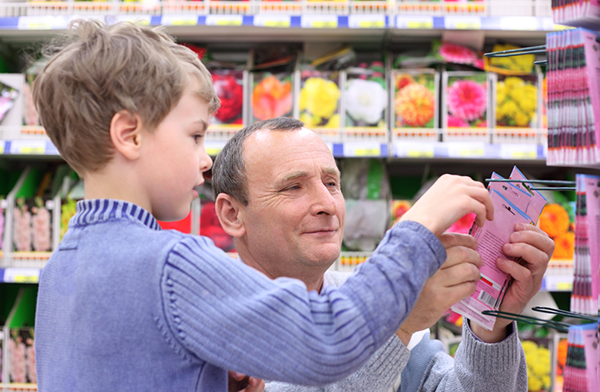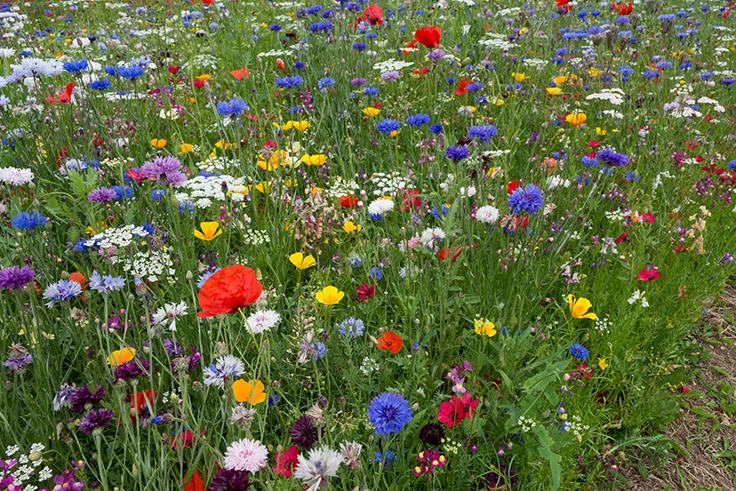. . . Welcome pollinators back into the garden . . .
Save our Bees!
With the world's bee, insect and butterfly population in serious decline we're focused on producing products that will help increase the bee population and keep them pollinating our crops far into the future.
Pollinators such as bees, butterflies and insects play an essential role in our gardens, they transfer pollen from one flower to another, fertilising plants and seeds. 70 of the top 100 most popular food crops are pollinated by bees, and they pollinate 80% of all flowering plants on Earth!
Unfortunately, bees, butterflies and other beneficial insects are under increasing threat due to pesticides, parasites and climate change but we can help them by using organic gardening practices, planting flowers to attract them and providing them with shelter.
How to create a bee & butterfly garden
Choose your seeds
You can buy individual seed packets of flower varieties that will entice bees and butterflies to your garden. Every bee or butterfly house we sell includes a free packet of flowers seeds that have been specifically selected to attract bees, butterflies and beneficial insects.


Prepare the site
Remove weeds, dig over and rake. Water if necessary.
When to sow
Sow virtually all year round avoiding the hottest and coldest months.
Where to grow
Sunny to part shade spot with some shelter from the wind.
Sow the seeds
Lightly sprinkle seeds in drifts direct to where they are to grow. Cover lightly with a seed raising mix, firm down and keep moist. Seedlings emerge 10-28 days
Care
Once your garden has taken off feed monthly with a liquid fertiliser. Flowers will appear after 8-14 weeks and continue over many months.
The Pollinator Garden
A pollinator garden is a garden that is planted predominately with flowers that provide nectar or pollen for bees, butterflies and a wide range of pollinating insects.
Bees and Butterflies like variety so include a variety of different flower types. Seed Creations offer formulated flower seed mixes or request our seed list.
A pollinator garden can be any size. You might only have a small garden space but you can still enjoy some pollinator-friendly flowers
Grow a succession of flowers throughout the year.
- Sow a mix of annual, biennial and perennial flowers
- And frequent sowings during the year
Many flower varieties reseed this means they sprout, grow and flower within one year. These varieties are called annuals. When the plant has finished producing flowers they form seed pods the seeds eventually find their way to the soil and the cycle repeats and this is commonly called reseeding. Annuals that reseed are not to be confused with biennials or perennials as the plant dies once the season has finished. Biennials usually flower the second year then the plant dies. Perennials will sprout grow and flower then normally dieback over the colder months to come back into life again in Spring and this repeats for many years.
Minimise or eliminate the use of pesticides.
If insect pests such as aphids become a problem there are well-known organic methods to control them. In a nature-friendly garden, such pests are rarely a problem anyway, as they tend to be controlled by birds and other natural predators.


